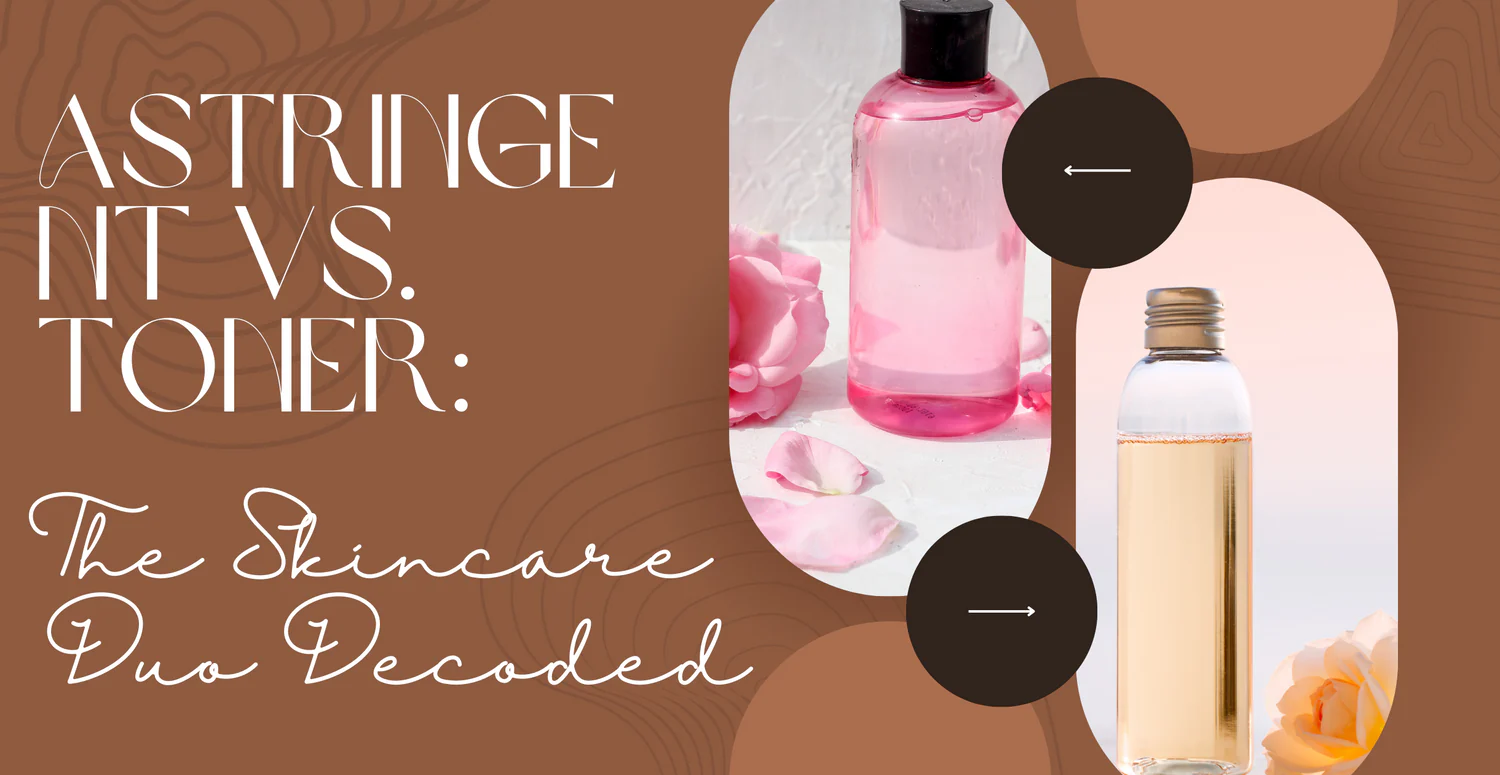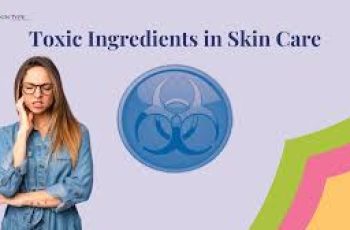
What is an astringent? How is it different from a toner?
Have you noticed that your moisturizer isn’t absorbing as quickly as it used to? You feel like your skin is missing something, but you can’t quite put your finger on what it is. An astringent might be the answer you’ve been looking for. Learn more about this skin-changing product here.
What is an astringent?
An astringent is a liquid formula, usually containing rubbing alcohol (isopropyl alcohol), that oily skin types use to cleanse the skin, tighten pores, and dry out excess sebum that can cause blemishes. Applying an astringent after cleansing cleanses the skin and prepares it for moisturizing. This can be a very valuable step in your skin care routine. The name itself comes from the Latin word astringere, which means “fast-binding,” giving you an idea of how quickly the product works. It comes in many different formulas with extra ingredients that can help with a variety of skin concerns, from redness and blemishes to dull complexion.
For those who are familiar, the product may sound very similar to toner. Although astringents are used in the same way, there are many differences between the two, which we’ll discuss further!
What are the benefits of using an astringent?
Astringents have many benefits for the skin, such as:
Astringents tighten the skin
Astringents reduce inflammation
Astringents reduce the formation of skin blemishes, such as pimples and blackheads
Astringents cleanse the skin of irritants
Astringents shrink large pores
Astringents are antibacterial
Astringents open pores
Astringents remove excess oil (sebum)
Oily and acne-prone skin are the skin types that benefit the most from astringents. But that doesn’t mean you should skip the product if you have normal or dry skin, because the selection is impressive and finding an astringent or toner is easier than you think. With natural astringents like witch hazel and lemon, you’ll find the best formulas for removing makeup residue or the day’s residue from your skin.
How to Use an Astringent
Astringents are the next step after cleansing and before serum or moisturizer. Many astringents contain chemical exfoliants like salicylic acid and citric acid, which can penetrate deep into the skin to unclog bacteria-clogged pores and remove any product or makeup that your cleanser may have missed.
Step 1 – Cleansing
No matter which cleanser you choose, it must always be the first step in your routine to ensure your skin is as clean as possible. Cleansers can remove some of your makeup and other products. It can also loosen up dead skin cells that build up on your skin and cause dry spots, blemishes, and blackheads.
Step 2 – Astringent or Toner
Dip a cotton pad in your liquid of choice and wipe it over your skin, avoiding your eyes and mouth. When you examine it afterwards, you’ll be surprised to see that the pads are grey in color. In fact, these are dead skin cells that your astringent has removed from your skin through chemical exfoliation, leaving you with a glowing, radiant complexion.
Important Tip: If you notice a lot of makeup on your cotton pad, consider replacing your makeup remover or cleanser with a more effective product. Milk or lotion-based makeup removers used with a damp washcloth can make removing foundation easier than with makeup wipes. Remember, it’s best to remove makeup before cleansing your skin. If you don’t, it’s like taking a shower with your clothes on.
Step 3 – Serum or Moisturizer
You’ll now notice that the products in the last step work quickly and you’ll see results faster than before. This is because these products absorb into the skin layers faster and can work where help is needed, whether it’s anti-aging or fighting skin blemishes.
Using an astringent should leave your skin squeaky clean and leave a slight tingling sensation. If you find that it burns or your skin feels uncomfortable and tight, the product is too strong and you should try a toner instead, as they have a gentler formula.
What is the difference between an astringent and a toner?
Honestly, there is very little difference between an astringent and a toner. While they look the same and perform similar tasks, the main difference is how they benefit different skin types. While oily and acne-prone skin do benefit from using an astringent, dry skin types are better suited to using a toner because they are less harsh or drying.
The use of ingredients in astringents and toners varies, which explains how they work differently on the skin:
Common ingredients in toners
Lactic acid
Glycolic acid
Hyaluronic acid
Salicylic acid
Rose water
Witch hazel
The chemical exfoliants you’ll find in toners, such as lactic acid and hyaluronic acid, work on the outer layer of the skin, which means they are gentler and lock in moisture, leaving the skin better hydrated. If you have dry skin, use a toner to add some brightness and brighten your complexion.
Common ingredients in astringents
Alcohol
Witch hazel
Citric acid
Salicylic acid
Salicylic acid is a type of salicylic acid that penetrates deeper into the skin, making it great for fighting breakouts, but can be harsh on some skin types. If your skin is often oily or greasy, and you notice 3 or more active blemishes on your face, the next thing you should do is use an astringent. If you are unsure whether to use a toner or astringent, you should consult a dermatologist. These professionals can tell you which ingredients and products are safe to use at home. Good quality products can be purchased at pharmacies and department stores without a prescription.
What are the side effects of using astringents?
Astringents are heavyweights in over-the-counter skin care products. They can be very drying to the skin and should only be used if you are sure they are the right product for you.
They work best on oily skin. To avoid irritation, redness, or peeling, apply astringents topically on your oiliest areas, such as: B. your T-zone or areas with spots or blemishes. If you have dry skin or suffer from skin conditions like rosacea or eczema, it’s best to avoid astringents altogether.
Regardless of your skin type, you’ll always want to use a high SPF after using an astringent or toner to protect against UV damage.
Astringents and toners are actually very similar, but are suited to different skin types. Whether your skin is oily, dry, or normal, incorporating an astringent into your skincare routine is undoubtedly the best thing you can do. This way, you’re deep cleansing your skin, removing layers that can hinder the effects of serums and moisturizers that contain active ingredients that fight fine lines, wrinkles, uneven skin tone, and more. All pretty amazing for such a subtle bottle of magic!
Wondering what exactly a chemical peel is and how it can affect your skin? Learn more about how chemical peels can perfect your skin in our guide.


